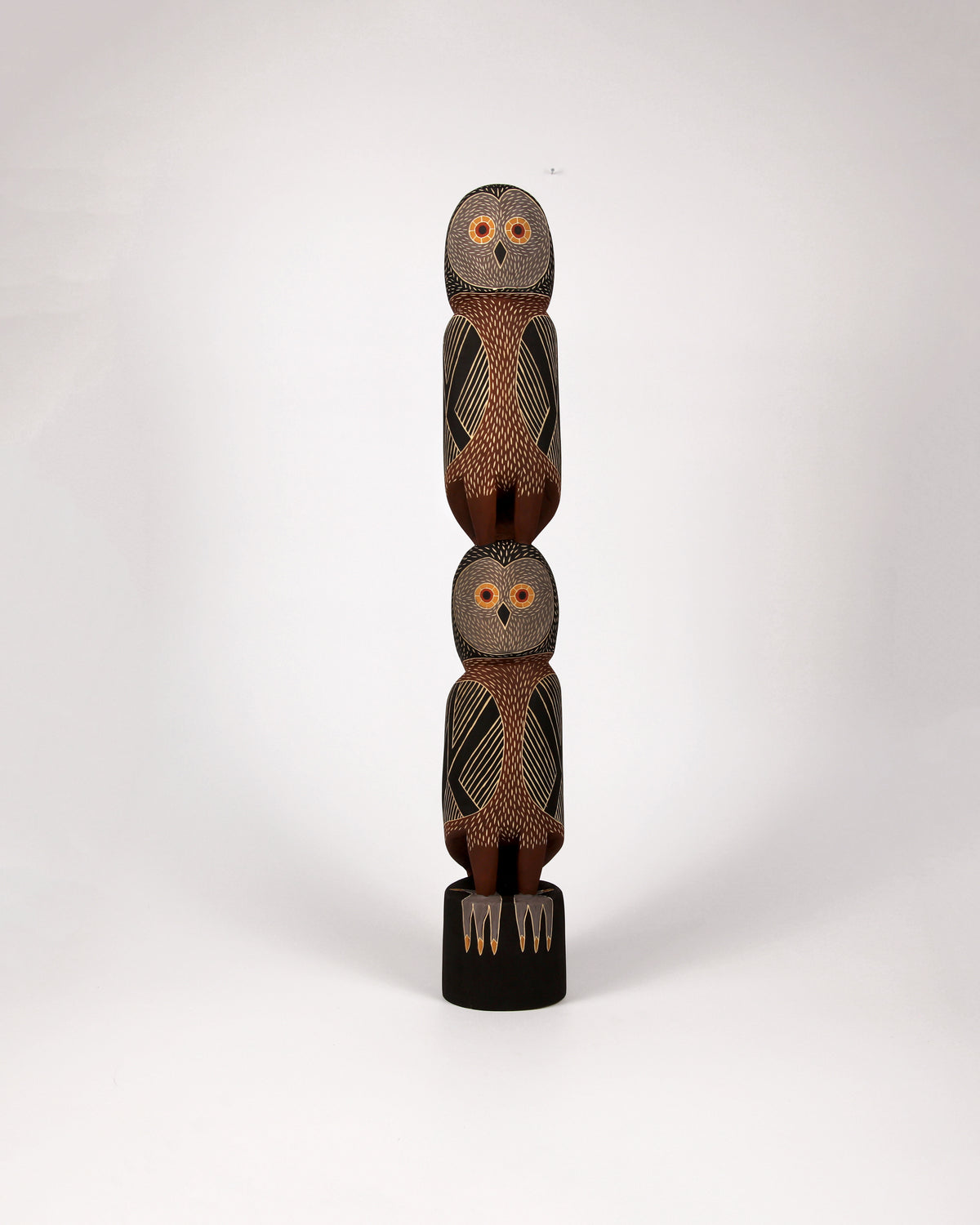DJARRAKPI 11G
When I was shown the Berndt crayon drawings done by the old people. I straight away recognised that the design came from my father’s hand. I knew the image was based on gapu (water) and the rai ( beach) at Djarrakpi, my homeland. I knew what I had to draw. When I saw the miny’tji (design) I straight away knew it came from the raŋi side at Djarrakpi. I knew I would do this design with the crabs and guya (fish).
In the design you can see the guya (fish). This fish is called Yambirrku (parrot fish). It has been washed out and eaten by the the crabs. The skeleton is left behind. The wavy pattern running across the image represents the wave pattern on the sand. The circles in the corners represent sand crab hole (ŋarŋga). The lines going down are the tracks left behind by the sand-crab (gunyan).
This is a special waŋa (place), it is the place of Yiŋapuŋapu (ceremonial sand sculpture burial ground). You can also look at this design like the sand itself. This symbolises manikay (singing) at ceremony. Even though it is a small painting it has a deep story associated with the image.
Printed Basil Hall Edition May 2008
Berndt Etching
FMP 11G
Text courtesy of Buku-Larrnggay Mulka
SHIPPING
Brunswick Street Gallery would be pleased to arrange a quote for shipping if you are unable to collect directly from us.
EXHIBITIONS
Artworks purchased from current exhibitions will be available for collection or shipping after the exhibition has ended.
–
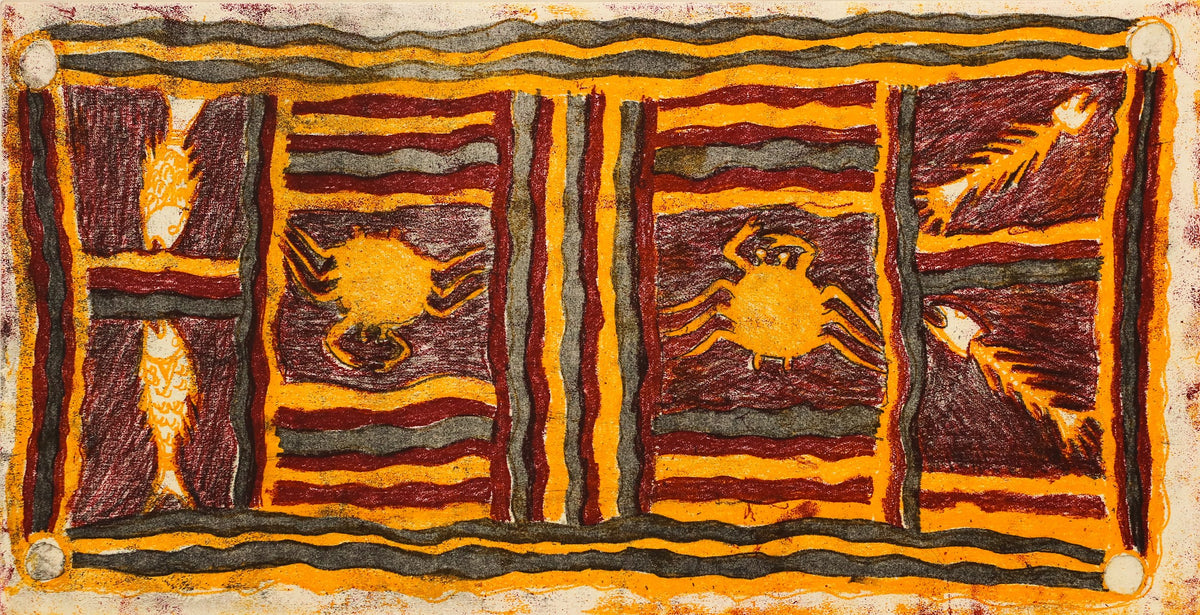



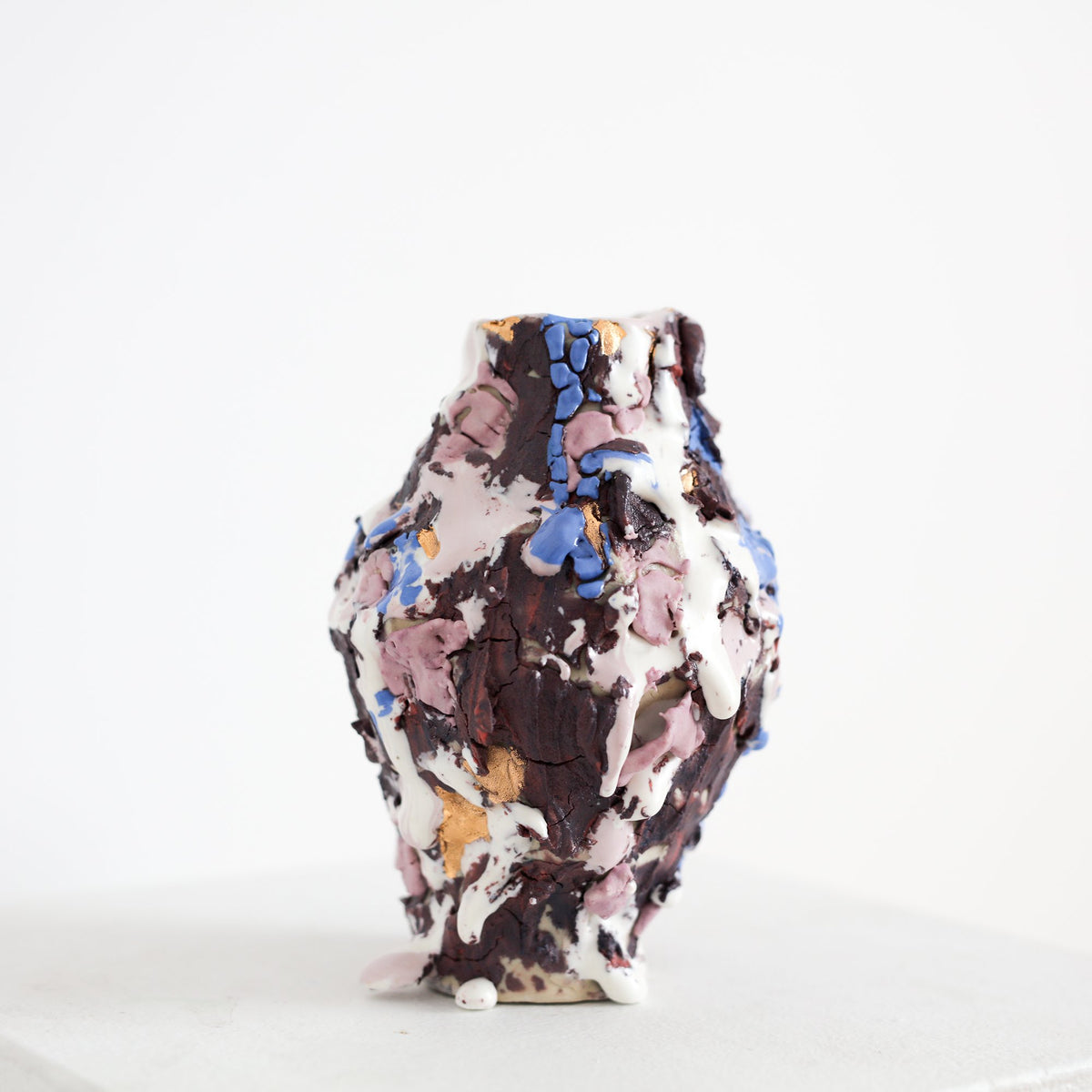
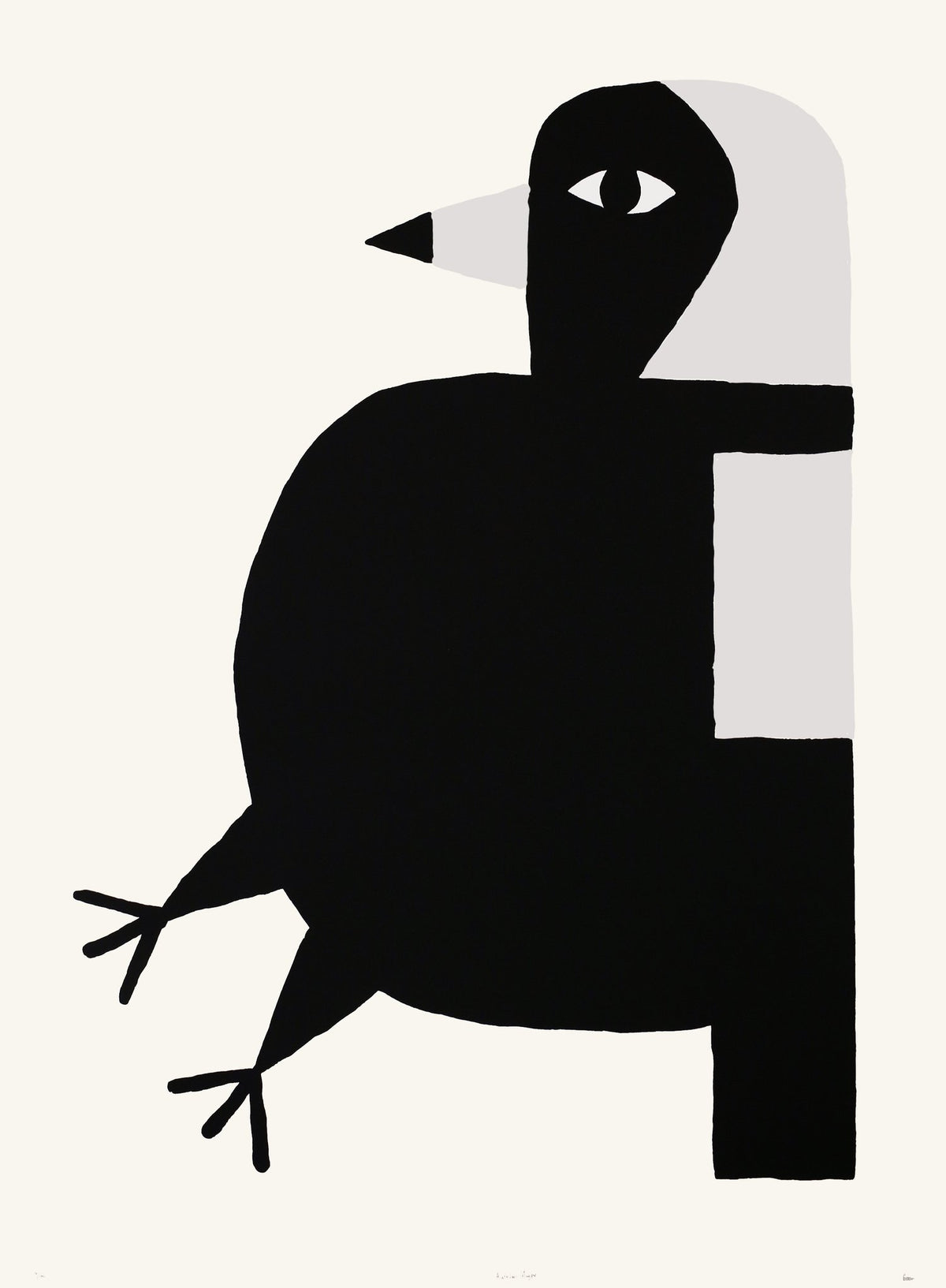
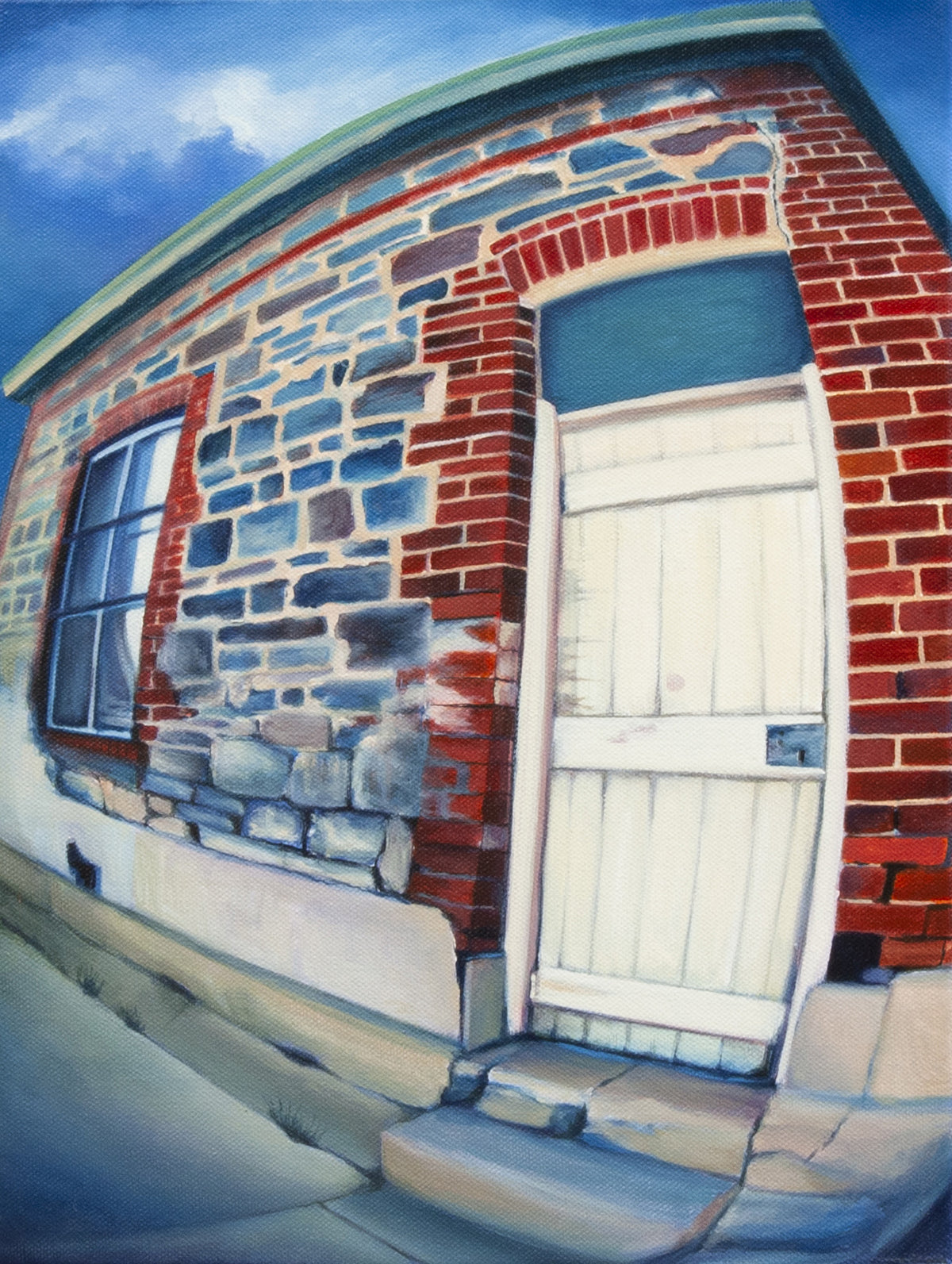
![Graham Rostron | Bininj Binihwokdi: Two people were talking [to each other] 1354-23-5/10](http://brunswickstreetgallery.com.au/cdn/shop/files/GrahamRostron1354-23-5_10.jpg?v=1692688640&width=1200)

